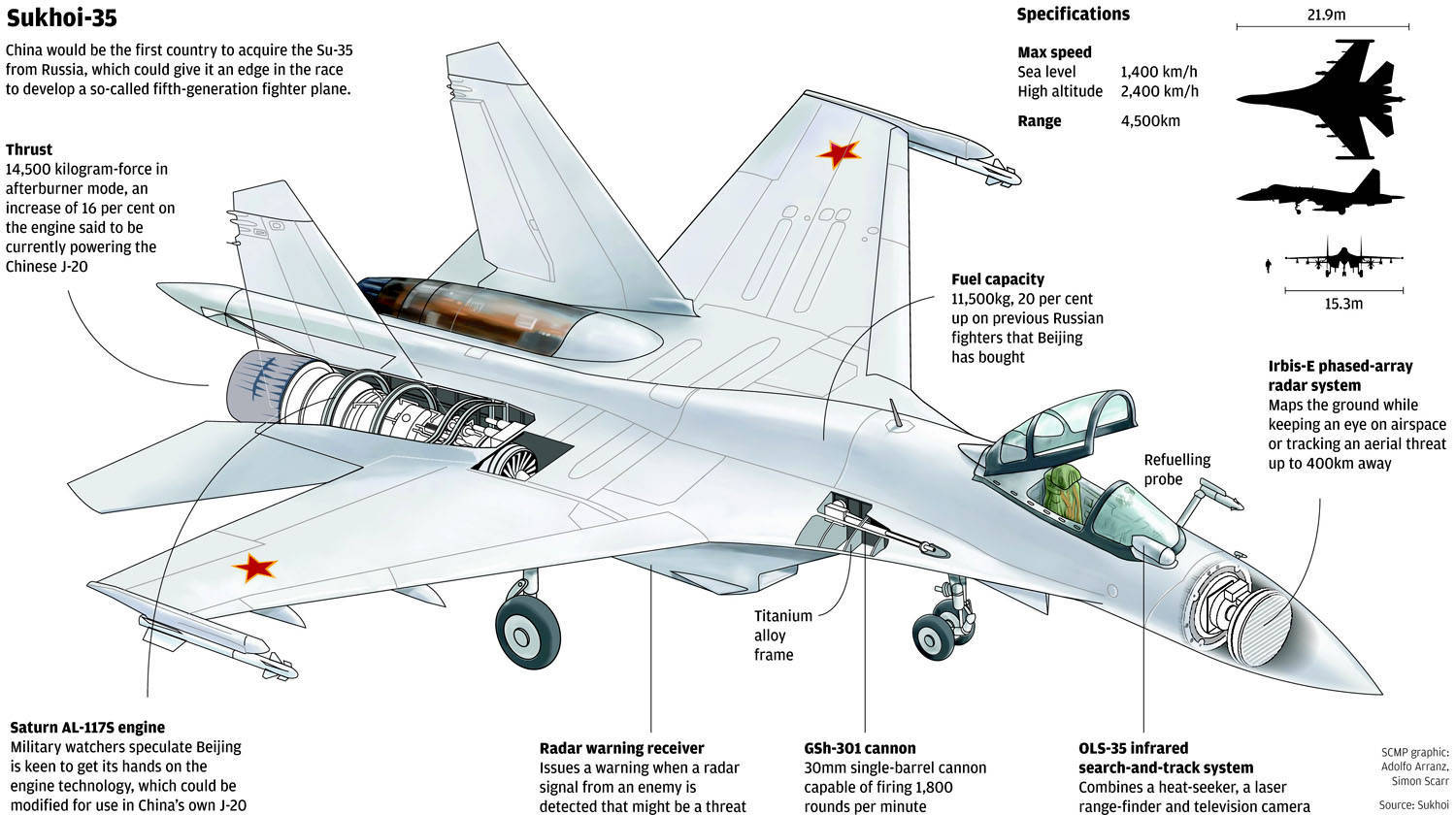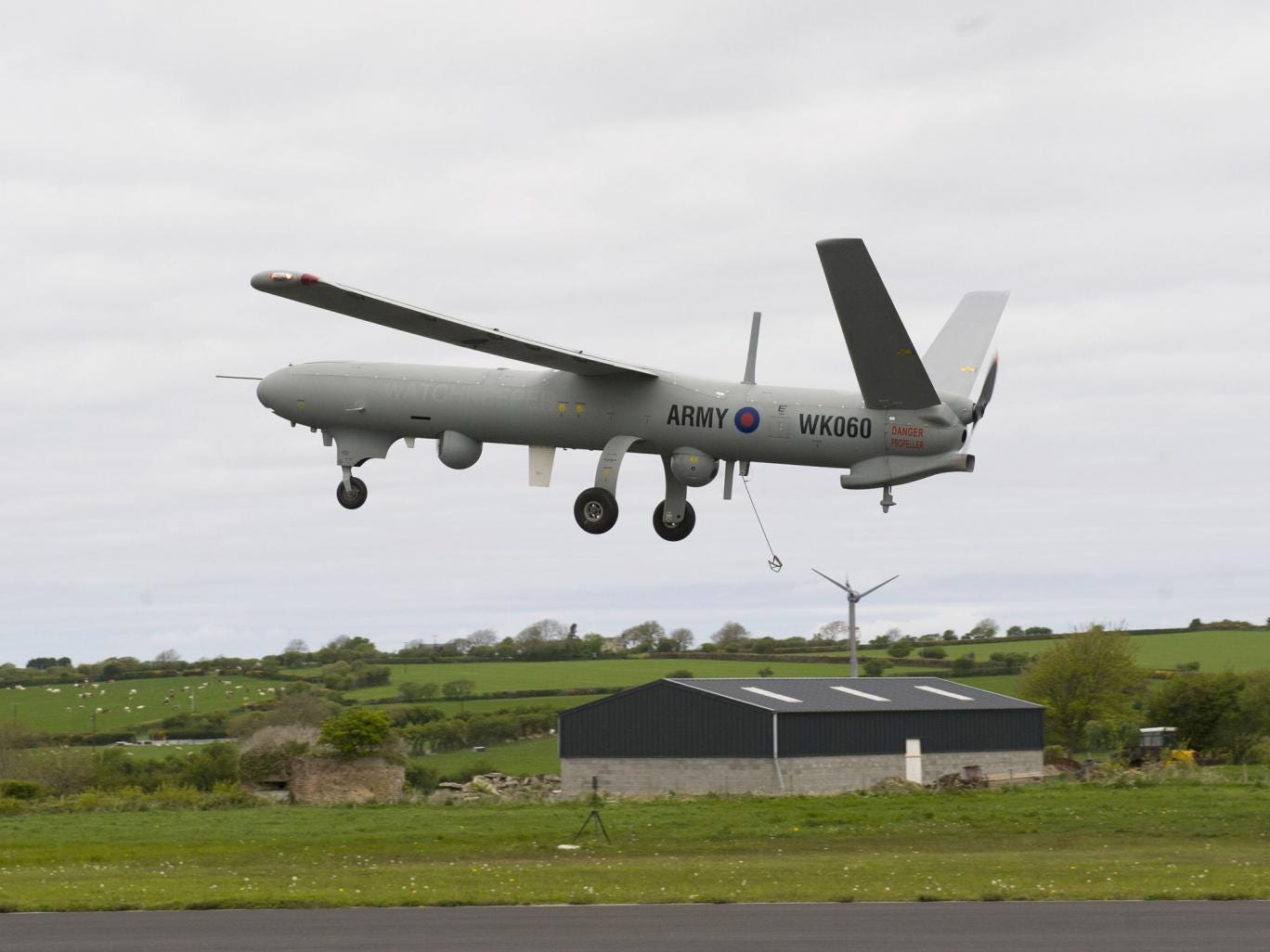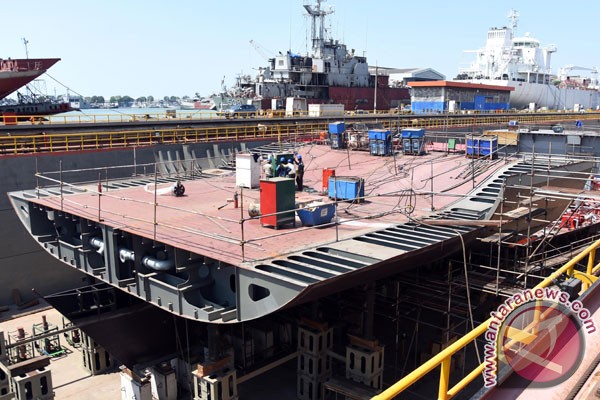In a deal that is more than 3 years in the making, China is buying 24 Sukhoi SU-35 multi-role fighters from Russia. China first expressed interest in the high end fighters in 2012. However, a deal was not finalised over concerns of reverse-engineering by China.
In 1995, China signed a $2.5 billion production license deal from Russia to build 200 SU-27SK (designated the Jian-11A or J-11A). Russia terminated the deal in 2006 after it discovered that China had secretly produced the reverse engineered J-11B equipped with Chinese-built avionics and weapons.
Earlier this year on 29 April, an upgraded version, the J-11D was flown. The J-11D is equipped with AESA (active electronically scanned active array) radar, inflight refuelling probe and can fire more advanced missiles than the J-11B. However, the SU-35 will still be a significant boost to Chinese airpower. The SU-35 with its thrust vector nozzles is more manoevrable than the J-11D. Ironically, the passive electronically scanned array (PESA) radar of the SU-35 is less advanced than AESA radar. AESA radar is more stealthy, jam-resistant and versatile than a PESA radar. AESA radar is also capable of radar jamming for example.
The biggest attraction of the SU-35 for China is perhaps the propulsion system. The SU-35 is equipped with the advance NPO Saturn Item AL-117S turbofan engines. The 38,800 lbs thrust at military power allows the SU-35 to supercruise. The full afterburner thrust is 32,000 lbs from each engine, adding tremendously to the combat options for the pilots of the SU-35. The same engine is also used on Russia’s latest T-50 PAK FA stealth fighter.
China is the first export customer for the SU-35 fighters. A follow on sale or domestic production is to be expected.

Image from VPK
rt.com
Janes
AUSAirpower





